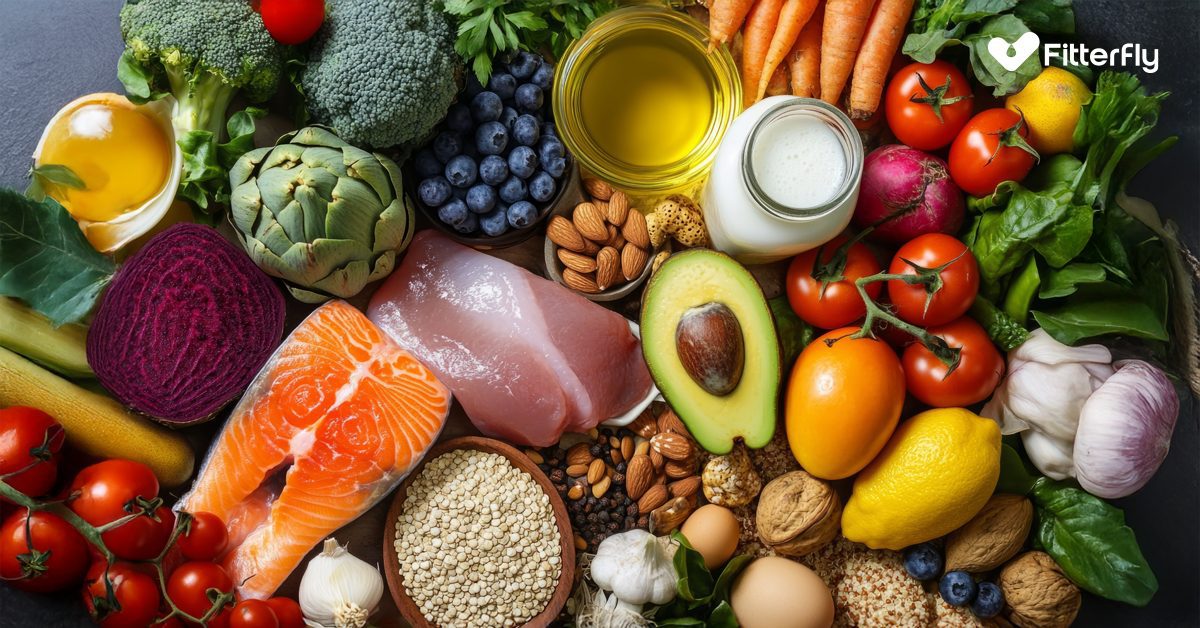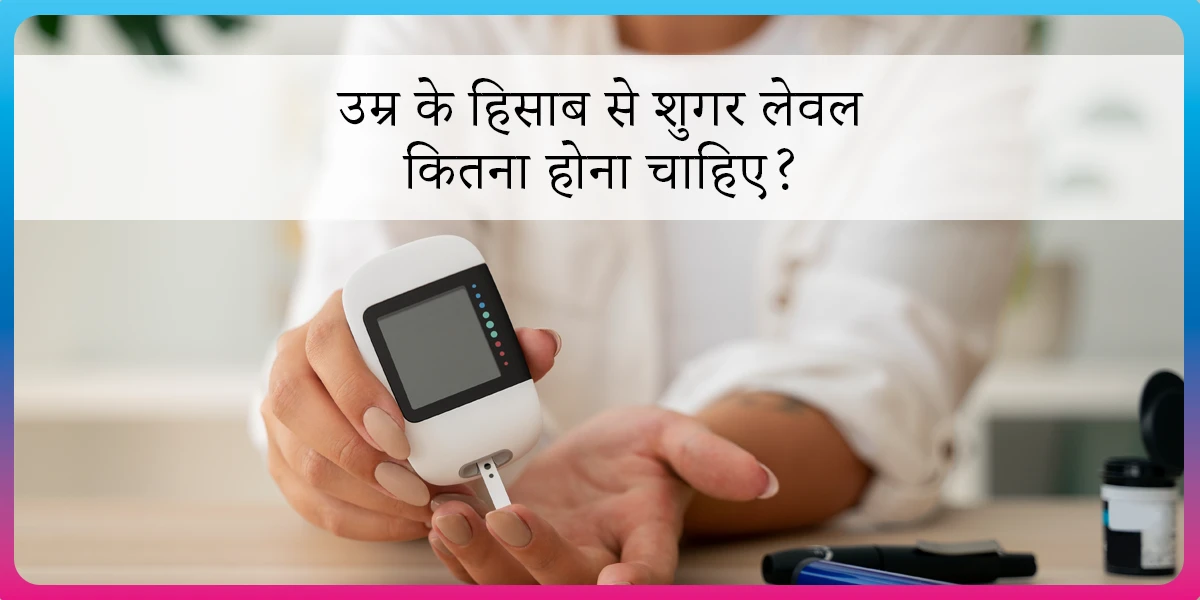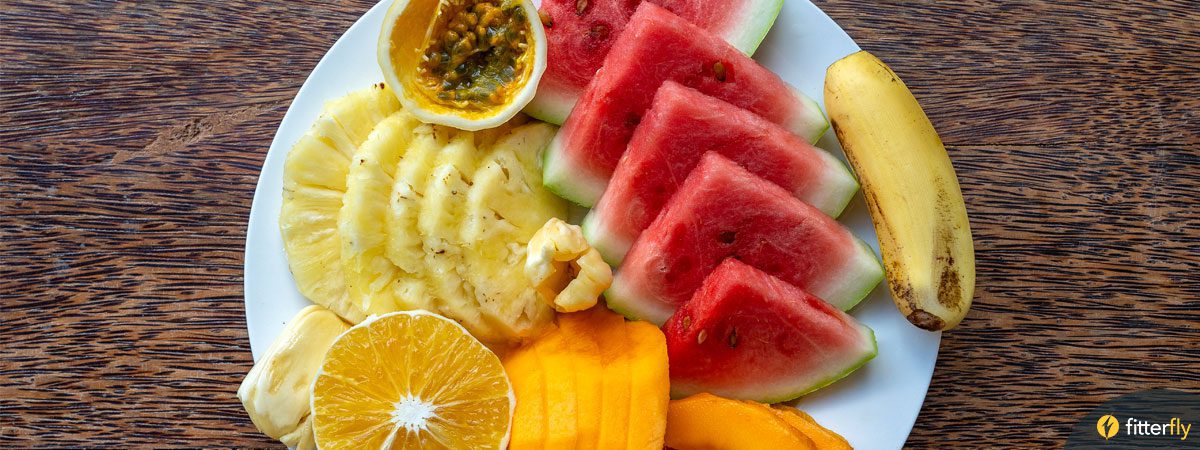The Ultimate Diet to Combat High Blood Pressure: What to Eat and Avoid

Did you know that nearly 20 crore Indian adults suffer from high blood pressure, making it one of the most widespread health concerns in the country? Despite its prevalence, only a fraction of those affected manage to keep it under control.
But here’s the bright side: You don’t need to look beyond your own kitchen to start managing your blood pressure. By choosing the right foods for high blood pressure, you can naturally lower your BP levels while improving heart health and overall well-being.
Let’s learn which foods can help you lower high blood pressure and craft a diet that’s simple and effective for high blood pressure patients.
Find your heart's true age to prevent complications.Heart Age Calculator
Right Foods to Manage and Combat High Blood Pressure
A well-balanced high blood pressure diet can help you maintain a healthy level. When selecting foods, aim for those rich in nutrients like potassium, magnesium, and fibre. These nutrients help relax your blood vessels and reduce the strain on your heart.
Here are some foods for managing high blood pressure that you should incorporate into your daily meals:
1. Vibrant Vegetables
Leafy greens like palak, methi (fenugreek leaves), and amaranth are rich in potassium, which helps balance the negative effects of sodium in your diet. A daily serving of vegetables like carrots, beetroots, capsicum, tomatoes, okra (bhindi), and cucumbers can help lower your blood pressure levels naturally.
Toss them in a light salad or stir-fry them with spices. Use bottle gourd (lauki) or drumstick leaves (moringa) in soups and stews for added flavour and health benefits.
2. Fruits That Wow
Bananas are rich in potassium and help maintain healthy blood pressure. Similarly, citrus fruits like oranges, mosambi and lemons are loaded with vitamin C, which can help lower high blood pressure levels.
Additionally, adding fruits like pomegranates (antioxidant-rich), watermelon (relaxes blood vessels), guava (potassium-rich), and papayas (rich in potassium and antioxidants) are delicious ways to enhance heart health. Enjoy them as snacks, or whip up a refreshing fruit chaat for a zingy twist!
3. Lentils and Pulses
Lentils and pulses like moong dal, masoor dal, toor dal, chana dal, and rajma are heart-friendly. Rich in potassium, magnesium, fibre, and protein, they help regulate blood pressure, reduce cholesterol, and improve vascular health.
Options like chickpeas, lobia (chawli), and horse gram (kulthi dal) aid in reducing sodium retention, while matki and soybeans enhance heart function. Make a comforting bowl of dal khichdi or dal tadka, or include it in salads, soups, or curries.
4. Whole Grains
Whole grains like brown rice, quinoa, oats, bajra, jowar, barley (jau) and ragi are rich in fibre, magnesium, and potassium, making them ideal for heart health. They help lower cholesterol, regulate blood pressure, and improve vascular function.
Incorporate these grains into your diet through rotis, porridges, khichdi, or dosas for a wholesome and heart-friendly hypertension diet plan.
5. Healthy Fats
Heart-healthy fats, such as nuts (almonds, walnuts, flaxseeds, chia seeds), avocado, olive oil, and coconut oil (in moderation), fatty fish (salmon, mackerel, sardines), and desi ghee, support cardiovascular health by improving cholesterol levels, lowering blood pressure, and reducing inflammation.
Mix them in salads or snacks and use them for cooking to create magic in your kitchen. Moderation is key.
6. Dairy Products
Earlier dietary guidelines largely discouraged full-fat dairy consumption due to its high saturated fat content, which was believed to raise LDL cholesterol and increase cardiovascular disease (CVD) risk.
This perception led to widespread recommendations for low-fat or fat-free dairy products. However, recent studies show that full-fat dairy may not harm heart health as once thought.
New research highlights its benefits, such as better absorption of nutrients such as calcium and vitamins and anti-inflammatory properties. Full-fat dairy food may even lower the risk of high blood pressure and support heart health when eaten in moderation as part of a balanced diet.
Instead of avoiding it completely, it’s better to enjoy it wisely based on your overall health and eating habits.
Foods that Raise Blood Pressure
When managing high blood pressure, it’s important to avoid certain foods that can contribute to heart disease and worsen hypertension.
1. High-Sodium Snacks
We love our namkeen, chips, and pickles, but they are loaded with salt, which is a major culprit in raising blood pressure. It leads to fluid retention, causing the heart to work harder and increasing blood pressure.
Over time, this strain can damage the blood vessels and increase the risk of heart attack, stroke, and kidney damage. Use herbs and spices like turmeric, cumin, garlic, and cinnamon for flavouring instead of salt. Opt for homemade snacks like roasted chickpeas or murukku made with less salt.
2. Refined Carbohydrates, Trans Fat and Sugary Treats
Foods like white bread, sugary snacks, fried foods, and soft drinks cause blood sugar spikes and can lead to insulin resistance. They increase LDL (bad cholesterol) levels while lowering HDL (good cholesterol).
Over time, this increases the risk of developing obesity, high cholesterol, and hypertension. High sugar intake also contributes to inflammation and oxidative stress, which can damage the blood vessels and heart. Opt for whole grains such as brown rice, quinoa, and oats, and limit the intake of sugary foods.
Choose fruit salads to satisfy sugar cravings. Dark chocolate (70% cocoa or higher) or Greek yogurt with honey is a protein-rich, heart-friendly option. Chia pudding offers omega-3s and fibre, and baked apples with cinnamon provide a low-sugar, comforting dessert.
3. Fatty Meats
While indulging in a biryani or butter chicken may sound tempting, red and processed meats can be high in saturated fats and sodium. These increase blood pressure, promote artery plaque buildup, and contribute to an increased risk of heart disease.
Choose lean cuts of meat, such as chicken breast, or incorporate plant-based proteins like lentils, tofu, and beans into your meals. Opt for grilled chicken or fish instead, seasoned with spices for flavour.
Fitterfly – 6 Top Heart-Healthy Foods
4. Alcohol (in Excess)
Drinking excessive alcohol can raise blood pressure and contribute to heart disease. It can also lead to weight gain and increased triglycerides, which further elevate the risk of hypertension and cardiovascular problems.
If you drink alcohol, keep it to a moderate level, up to one drink per day for women and two for men. Opt for red wine in moderation, as it contains antioxidants like resveratrol, which may support heart health.
5. Fried Foods
Deep-fried foods are typically cooked in oils that are high in unhealthy fats, which can increase cholesterol levels, contribute to weight gain, and increase the risk of heart disease. Opt for baked, grilled, or steamed foods instead of deep-frying.
These methods require little or no oil, significantly lowering the fat content in the food. If you miss the crisp texture, consider using an air fryer, which mimics the frying process but uses significantly less oil, resulting in a healthier dish without sacrificing taste or texture.
6. Caffeine Overload
While a cup of chai or coffee is often a morning ritual, too much caffeine can spike blood pressure, especially in sensitive individuals. It can also contribute to dehydration, which in turn affects heart function. To manage your levels effectively, consider switching to herbal teas or simply reducing your intake.
Limit caffeine intake or switch to herbal teas such as chamomile or peppermint, which may have a calming effect and promote better blood pressure management.
How We At Fitterfly Can Help
At Fitterfly, we believe that managing high blood pressure can be a flavorful journey rather than a chore. We offer personalised support tailored to your unique needs. Our expert nutritionists create custom meal plans with heart-healthy foods to lower high blood pressure while experts guide you in incorporating the right choices into your daily routine.
Let Fitterfly be your partner in creating a vibrant, enjoyable diet for high blood pressure that enhances your health and keeps you feeling your best.
Join us today and start your journey towards a healthier lifestyle!
This blog provides general information for educational and informational purposes only and shouldn't be seen as professional advice.
Frequently Asked Questions
What diet is best for high blood pressure patients?
The foods for high blood pressure include a variety of fresh fruits, vegetables, whole grains, and low-fat dairy. It is important to focus on foods that lower your high blood pressure, are low in sodium, rich in potassium, and are high in fibre to maintain healthy BP levels.
What foods should I avoid if I have high blood pressure?
Avoid high-sodium foods like snacks, processed meats, and sugar-rich desserts. These can elevate blood pressure and should be limited in a diet for high blood pressure patients.
Which fruit is good for high blood pressure?
Bananas, due to their potassium content, are fantastic for high blood pressure. Pomegranates and citrus fruits like oranges are also great options for a high BP diet plan.
How to reduce BP naturally?
You can reduce BP naturally by following a balanced diet, exercising regularly, limiting salt intake, and managing stress levels. Incorporating foods to lower high blood pressure, such as leafy greens and fruits, is essential in this process.


















